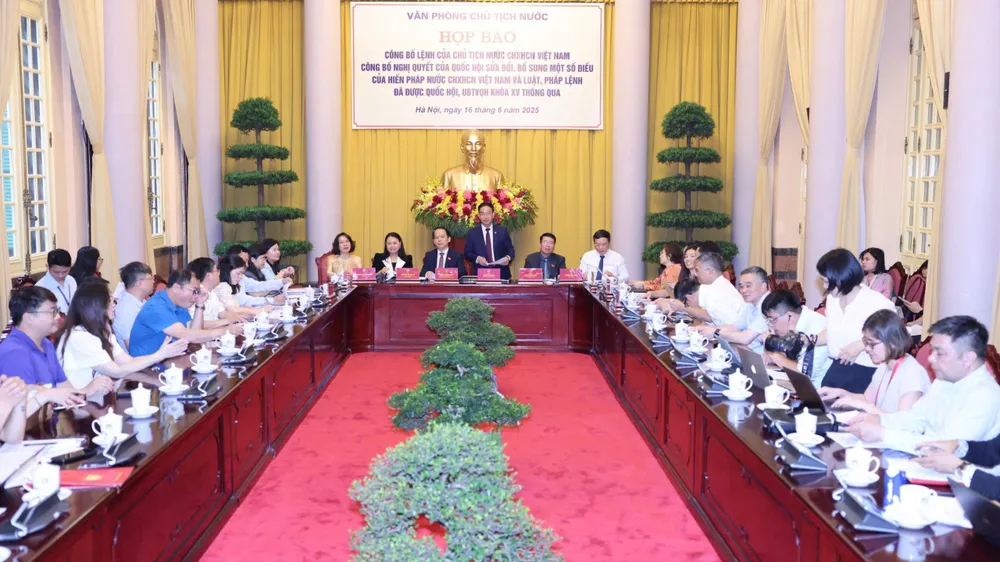
5 core changes in the amended Constitution
At the press conference, Vice Chairman of the National Assembly's Committee on Law and Justice Nguyen Phuong Thuy said that on the morning of June 16, at the 9th session, the National Assembly officially passed the Resolution amending and supplementing a number of articles of the Constitution of the Socialist Republic of Vietnam with 100% approval of the delegates present.
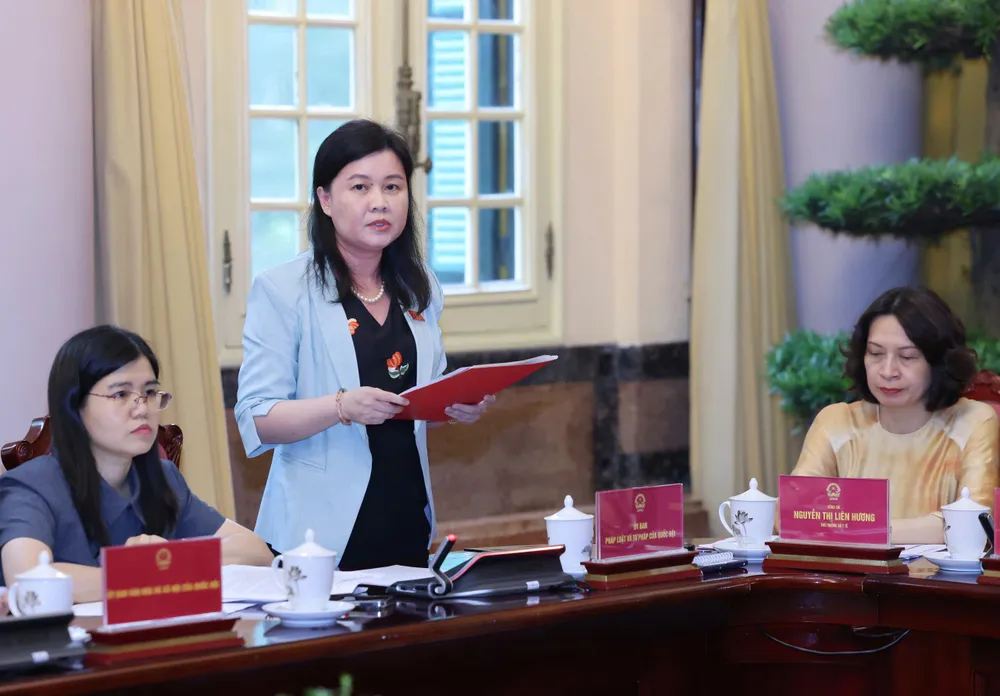
The Resolution amending and supplementing a number of articles of the Constitution, which has just been passed by the National Assembly, consists of 2 articles. Specifically, Article 1 amends and supplements 5 articles and clauses of the current Constitution (including Article 9, Article 10, Clause 1 of Article 84, Article 110 and Article 111); Article 2 stipulates the effective date of the Resolution, the termination of the operation of district-level administrative units and transitional provisions. Of which, the 5 core points include:
Firstly , the Resolution clarifies the role of the Vietnam Fatherland Front as the central organization of the great national unity bloc (in Article 9 of the Constitution, amended and supplemented). This provision creates a constitutional basis for the arrangement and streamlining of socio-political organizations and mass associations assigned by the Party and the State, under the Vietnam Fatherland Front, according to the direction and conclusions of the Party Central Committee, the Politburo and the Secretariat.
At the same time, supplement and clarify the operating principles of socio-political organizations together with other member organizations of the front: democratic consultation, coordination and unified action under the leadership of the Vietnam Fatherland Front.
Second, the Resolution amends and supplements the provisions on the Vietnam Trade Union in the direction of reasonably inheriting the provisions in the current Constitutions (in Article 10 of the Constitution). Specifically, the Resolution acknowledges and clearly demonstrates the position and role of the Vietnam Trade Union, ensuring consistency and non-duplication with the amended content in Article 9.
Third , in Clause 1, Article 84 of the Constitution, the provisions on the right to submit draft laws and ordinances of socio-political organizations are amended and supplemented. Accordingly, central agencies of socio-political organizations have the right to submit draft laws to the National Assembly and draft ordinances to the National Assembly Standing Committee. This provision aims to promote the proactive and active role of socio-political organizations, in accordance with their position and capacity, while ensuring democracy.
Other member organizations of the front will exercise the right to propose and recommend the drafting of laws and ordinances through the Central Committee of the Vietnam Fatherland Front. This provision is consistent with the resources and actual capabilities of the organizations, contributing to ensuring the quality of the submitted laws and ordinances.
Fourth, Article 110 of the Constitution amends and supplements the provisions on the organization of administrative units to comply with the direction in Resolution No. 60 dated April 12, 2025 of the Party Central Committee on the organization of two-level local governments: provincial level (including provinces and centrally run cities) and sub-provincial level (including administrative units prescribed by law). This provision formalizes the elimination of the district administrative level.
Fifth, in Article 111 of the Constitution, amend and supplement the provisions on local government in the direction of adding provisions on local government in special administrative-economic units. This provision aims to create a clear legal basis for continued research and the gradual establishment of special administrative-economic units with unique and outstanding mechanisms and policies in the coming time.
Regarding the effective date and transitional provisions (in Article 2 of the resolution), this resolution takes effect from the date of adoption. District-level administrative units nationwide will cease operations from July 1, 2025. The resolution clearly stipulates the transition roadmap, especially the termination of operations of district-level administrative units, to ensure that localities after reorganization and merger can operate smoothly and synchronously, without affecting people and businesses.
When perfecting the organizational apparatus of agencies after implementing the administrative unit arrangement and ending the operation of district-level administrative units in 2025, do not elect positions such as chairman, vice chairman of the People's Council, heads of People's Council committees, chairman, vice chairman, and members of the People's Committee in administrative units formed after the arrangement; do not elect heads and deputy heads of the National Assembly delegations of provinces and centrally run cities formed after the arrangement.
The National Assembly Standing Committee appoints the Chairman, Vice Chairman of the People's Council, Heads of the People's Council's committees, Heads and Vice Heads of the National Assembly delegations in the provinces and centrally run cities formed after the reorganization; the Prime Minister appoints the Chairman and Vice Chairman of the People's Committee in the provincial-level administrative units implemented in the same reorganization period.
Solid legal foundation for the two-level local government model
Introducing the basic contents of the Law on Organization of Local Government (amended), Deputy Minister of Home Affairs Truong Hai Long assessed that the conversion from a 3-level to a 2-level local government model is an important and historic reform step, creating a solid legal foundation for the organization and operation of local governments according to the 2-level local government model, which is organized for the first time in our country.
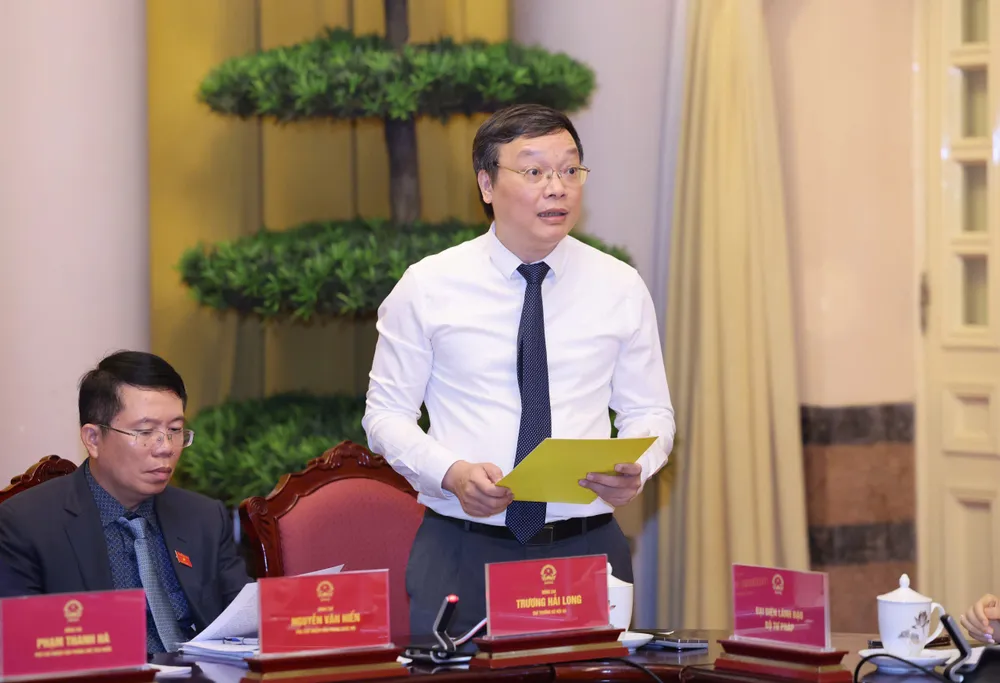
The Law establishes a unified two-level local government organization model (provincial and communal levels) nationwide, clearly defining the tasks, authorities and organizational structure of each level of government; establishing a complete legal basis for the local government model in special economic zones.
The Law also perfects the principles of decentralization, delegation of authority, and decentralization between the Central Government and local governments, and between provincial-level local governments and commune-level local governments in a scientific, synchronous, and unified manner.
In particular, the law has empowered the Chairman of the Provincial People's Committee, when necessary, to directly direct and manage the settlement of issues within the duties and powers of specialized agencies and other administrative organizations under his/her level and of the People's Committee and Chairman of the People's Committee at the commune level, so as not to let the settlement of work and administrative procedures for people and businesses be delayed, congested, or ineffective.
To ensure continuity, smoothness and stability during this transition process, the law also provides comprehensive and comprehensive regulations taking into account issues that may arise in practice, from the organization of the apparatus, personnel to administrative procedures and operating mechanisms.
Also at the press conference, Deputy Minister of Health Nguyen Thi Lien Huong presented a number of contents on the Ordinance amending and supplementing Article 10 of the Population Ordinance.
Source: https://www.sggp.org.vn/cong-bo-nghi-quyet-sua-doi-bo-sung-mot-so-dieu-cua-hien-phap-va-luat-to-chuc-chinh-quyen-dia-phuong-sua-doi-post799740.html





![[Photo] Lam Dong: Images of damage after a suspected lake burst in Tuy Phong](https://vphoto.vietnam.vn/thumb/1200x675/vietnam/resource/IMAGE/2025/11/02/1762078736805_8e7f5424f473782d2162-5118-jpg.webp)

![[Photo] President Luong Cuong receives US Secretary of War Pete Hegseth](https://vphoto.vietnam.vn/thumb/1200x675/vietnam/resource/IMAGE/2025/11/02/1762089839868_ndo_br_1-jpg.webp)
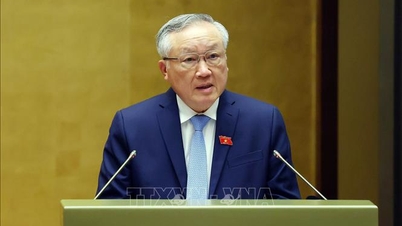



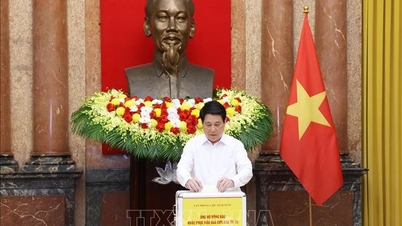
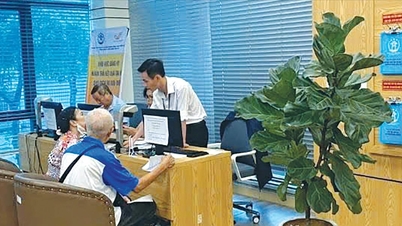
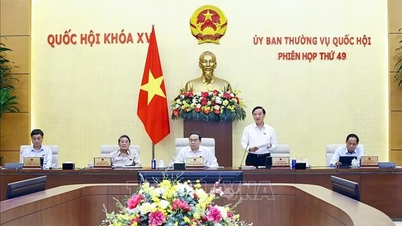






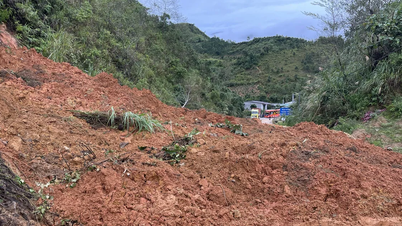
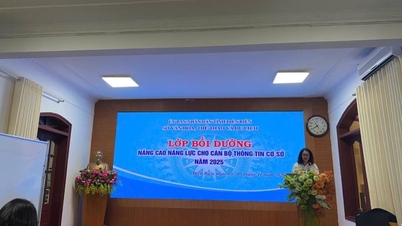










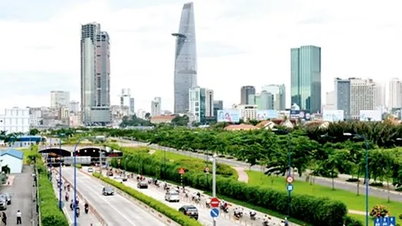

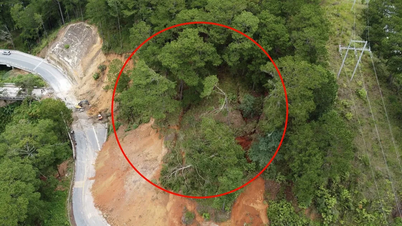















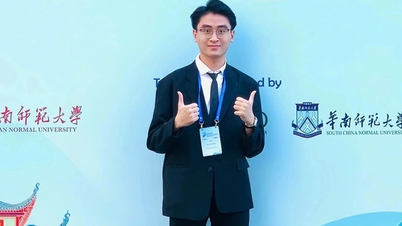











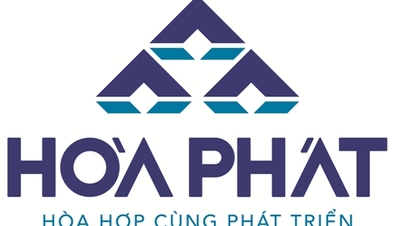










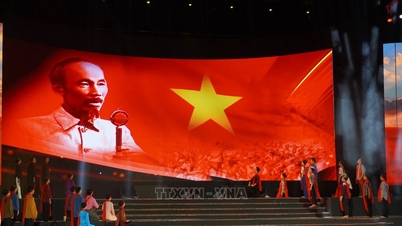

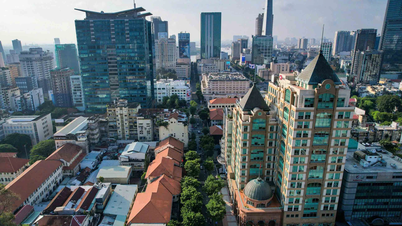


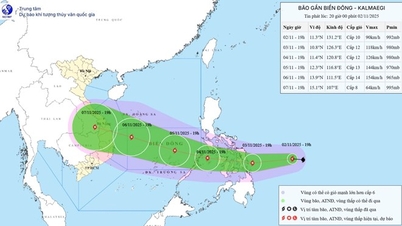








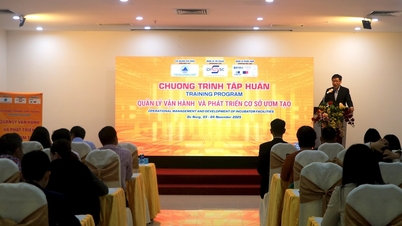

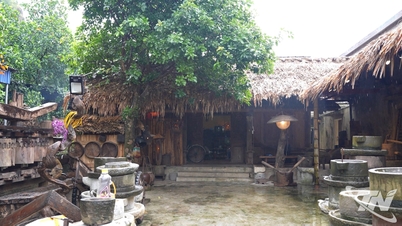


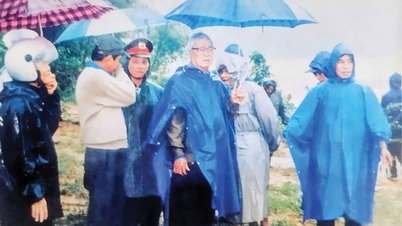

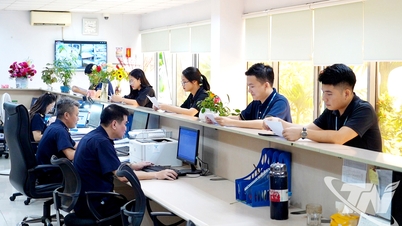















Comment (0)